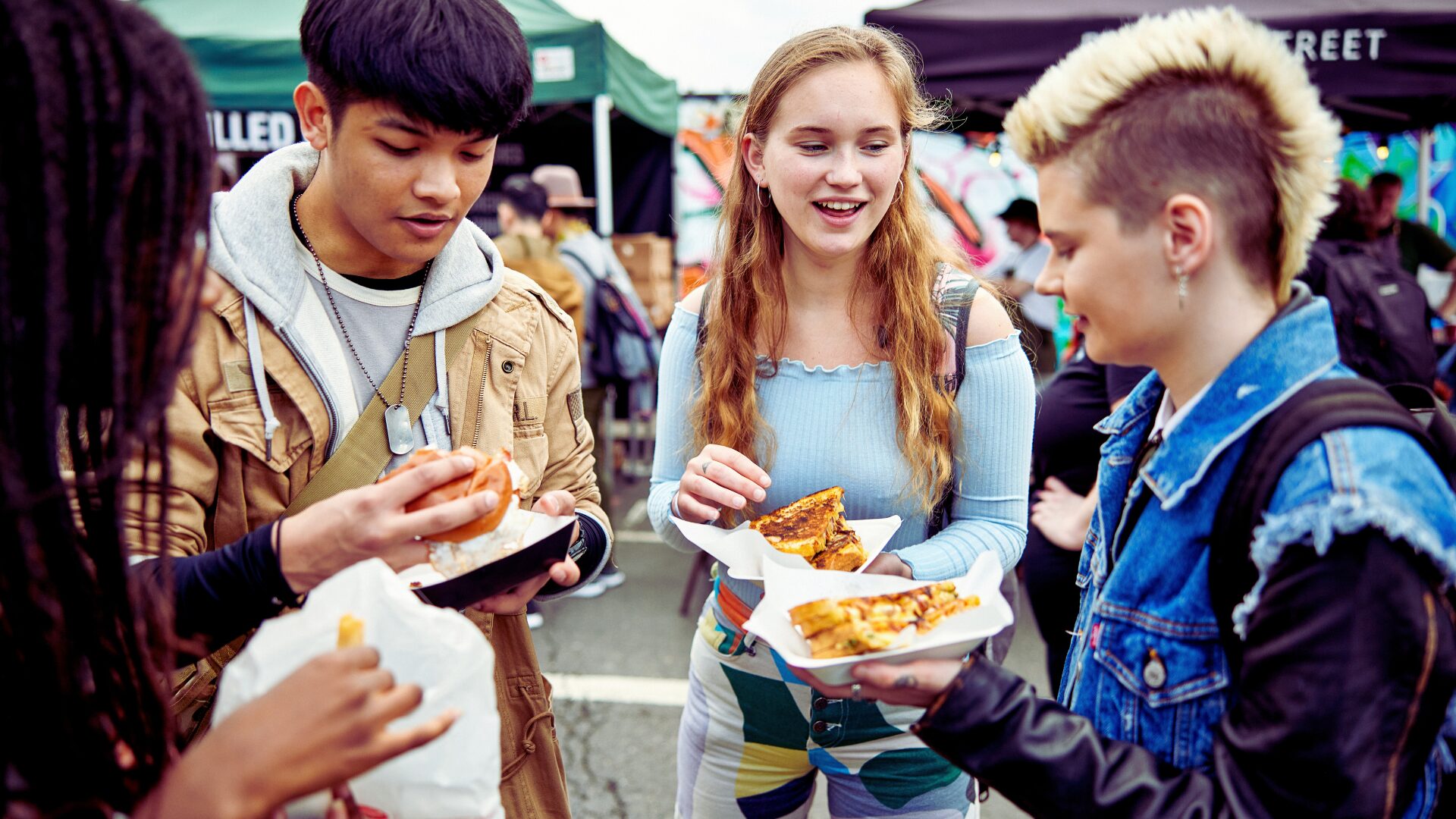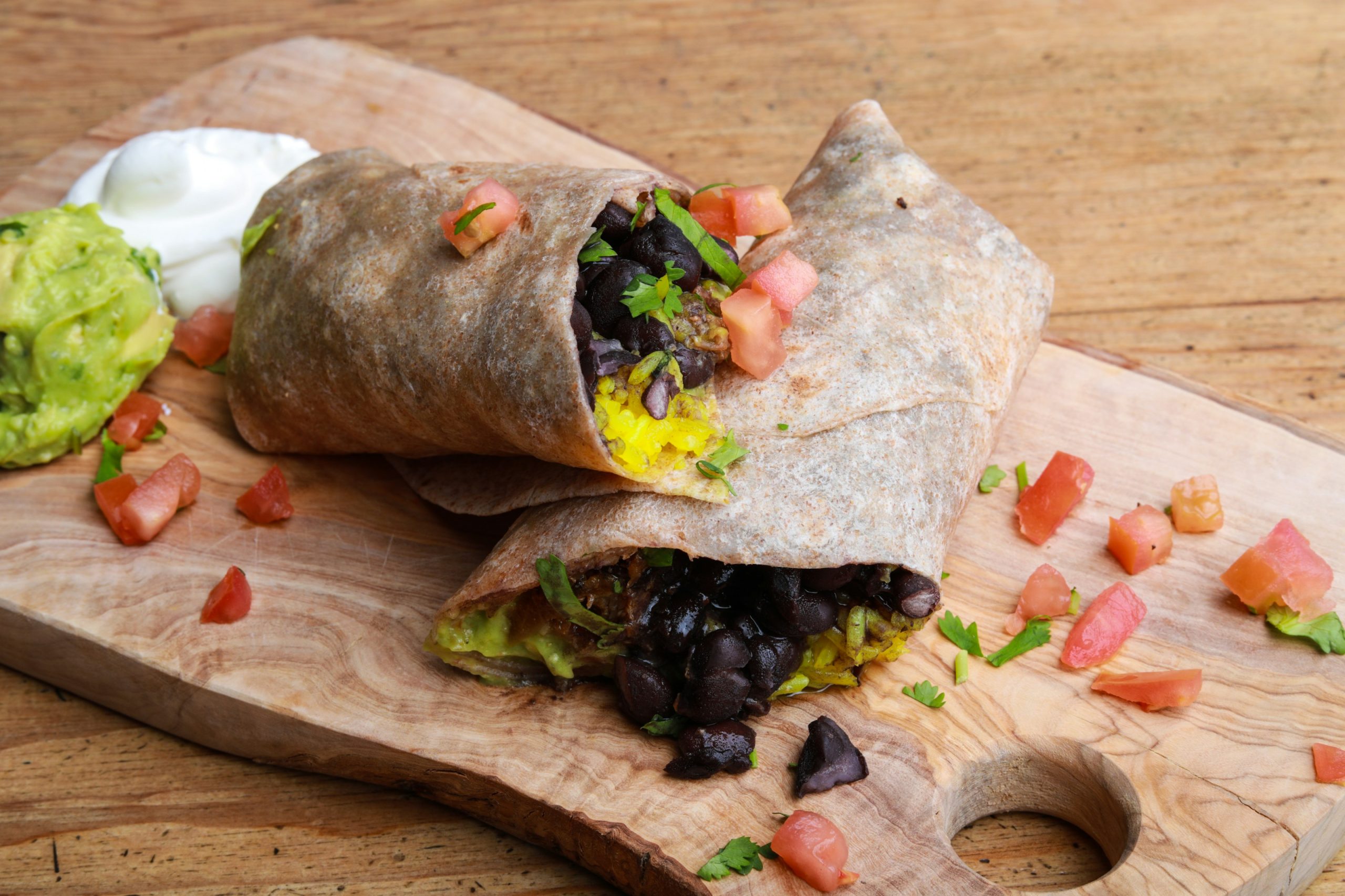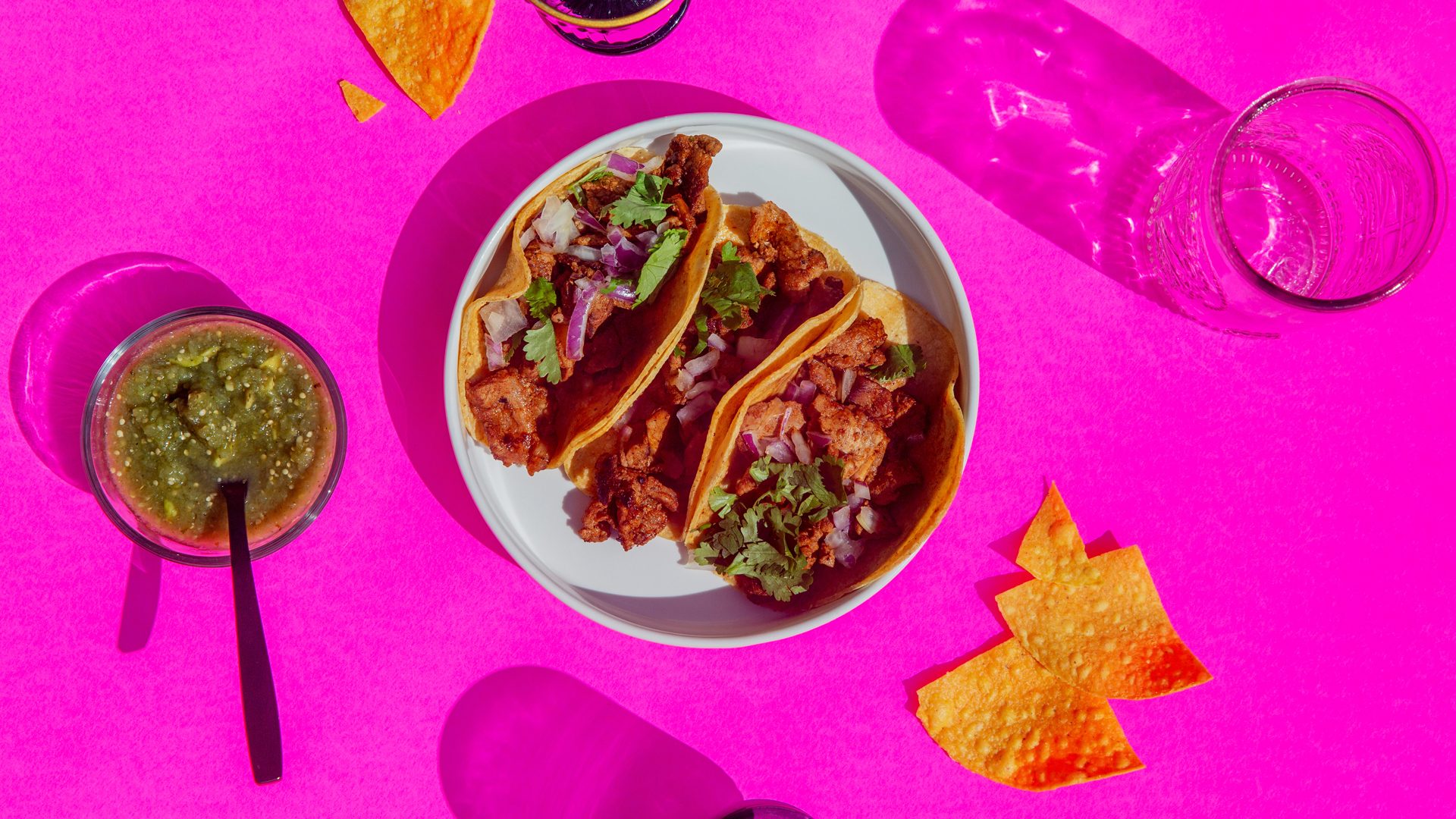Grocery shopping has changed drastically in the last decade amid all the online ordering and delivery options, not to mention the myriad meal-kit services. What’s a legacy grocer to do to get people, including Gen Z, in the door?
With the USDA forecasting a 3.3% increase in food-at-home prices this year and people tightening their budgets as tariff threats and recession fears take hold, grocers are rethinking the whole shopping experience as they try to attract Gen Z.
Leslie Lee, senior vice president for marketing at Vistar Media, told The Food Institute traditional grocers can gain a significant edge by unifying their retail media strategies, maybe even cultivating a cult-like experience through micro-events.
Gen Z, those between 13 and 28 years old, wield $984 billion in spending power and represent 21% of the U.S. population. They don’t want to just buy groceries; this digital savvy group wants to buy experiences, Lee observed.
We asked Lee a series of questions on the topic.
Q: A lot of us think of grocery shopping as drudge work, just something that has to get done. What, in particular, about digital engagement changes this attitude?
A: Research shows that digital screens within a retail environment actually enhance the shopping experience. When shoppers feel engaged and entertained as they make their way through the store, shopping feels less like a chore. In-store digital screens, and the content on them, have changed the way that shoppers make decisions, discover new products and how they feel about the journey from cart to checkout.
Gen Z is especially primed to expect digital experiences blended into everyday moments.
Q: Stores like Trader Joe’s have built up a cult-like following simply by stocking high-quality products and staffing their stores with friendly, helpful employees. Why is this not enough?
A: What Trader Joe’s has done better than almost any other grocer is build a strong brand. Every detail, from the handwritten signs to the tone of the copy in the Fearless Flyer to the staff’s Hawaiian shirts reinforces a distinct personality. That brand shows up inside the store and outside of it, creating an experience people connect with and come back for.
For grocers who don’t have private-label products or quirky mascots, digital engagement is a way to build that same kind of connection. In-store screens, retail media campaigns, even localized influencer partnerships – these are tools to express who you are as a brand and shape how customers feel in your space.
Friendly staff and great products matter, but they’re just the beginning. Today’s shoppers want a brand they can engage with before, during, and after their visit. That’s where a unified retail media strategy comes in: It helps grocers create an experience that’s not just transactional, but memorable.
Q: When discussing legacy/traditional grocers, are we talking more about the big chains or the small mom-and-pop? If the latter, doesn’t this whole experience scenario put too great a financial burden on small operations?
A: This isn’t just a big-box story. Digital engagement is more accessible than it used to be, and it’s getting smarter. Smaller grocers don’t need massive budgets to compete; they need smart tools and a clear plan.
With the right retail media strategy, even a single-location grocer can tap into location-based targeting, run in-store campaigns and promote regional products without overspending. Tools like programmatic buying help tailor media to exactly the right audience, at the right time, in the right place, whether that’s on a local billboard or a screen inside the produce aisle.
Furthermore, there are plenty of existing providers who partner with grocers to install and manage in-store digital signage networks. This means that the store owner doesn’t need to handle the media and content themselves but can benefit from adding that experience to their store.
It’s about using the same playbook as the large-scale chains but tailored to fit a local store operation.
Q: A lot of grocers have used tastings as a way to introduce new products. Why would grocery influencers have more impact?
A: Tastings are great for in-the-moment discovery, but the most effective product launches today connect multiple touchpoints, from awareness to trial. Grocery influencers introduce products in the context of everyday life, building curiosity and intent, while digital screens inside the store reinforce those messages at key decision-making moments in-store. Together, they create a flywheel effect: Influencers drive buzz online and translate that energy into real-world familiarity. It’s not about replacing tastings, but rather orchestrating influence across channels to make every product feel personal and top-of-mind.
The Food Institute Podcast
It’s tariff time, and companies the world over are working to better understand how their operations will be impacted. Jodi Ader from RSM US LLP joined The Food Institute Podcast to discuss which products and inputs are currently subject to tariffs, and how to best mitigate supply chain risks.












